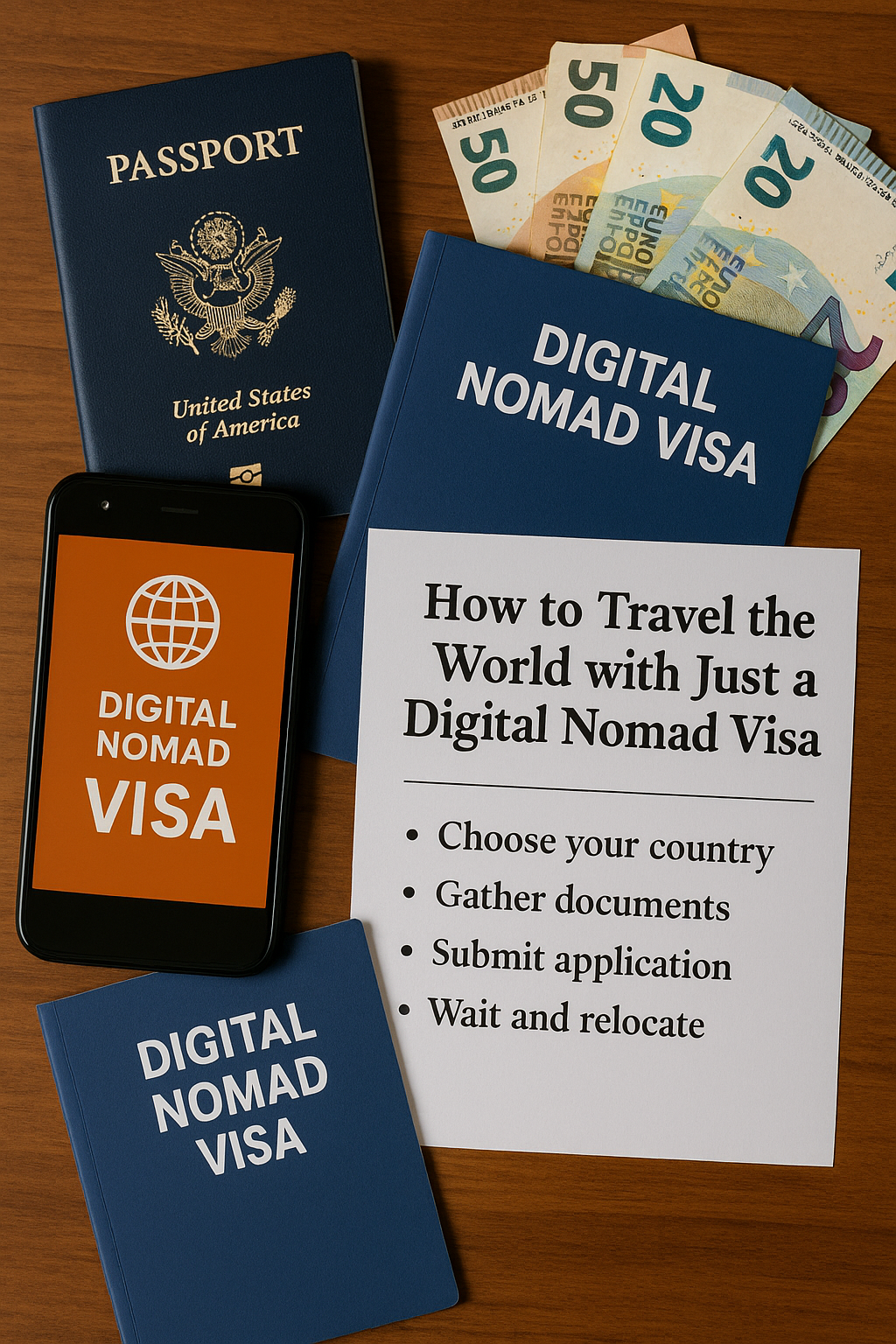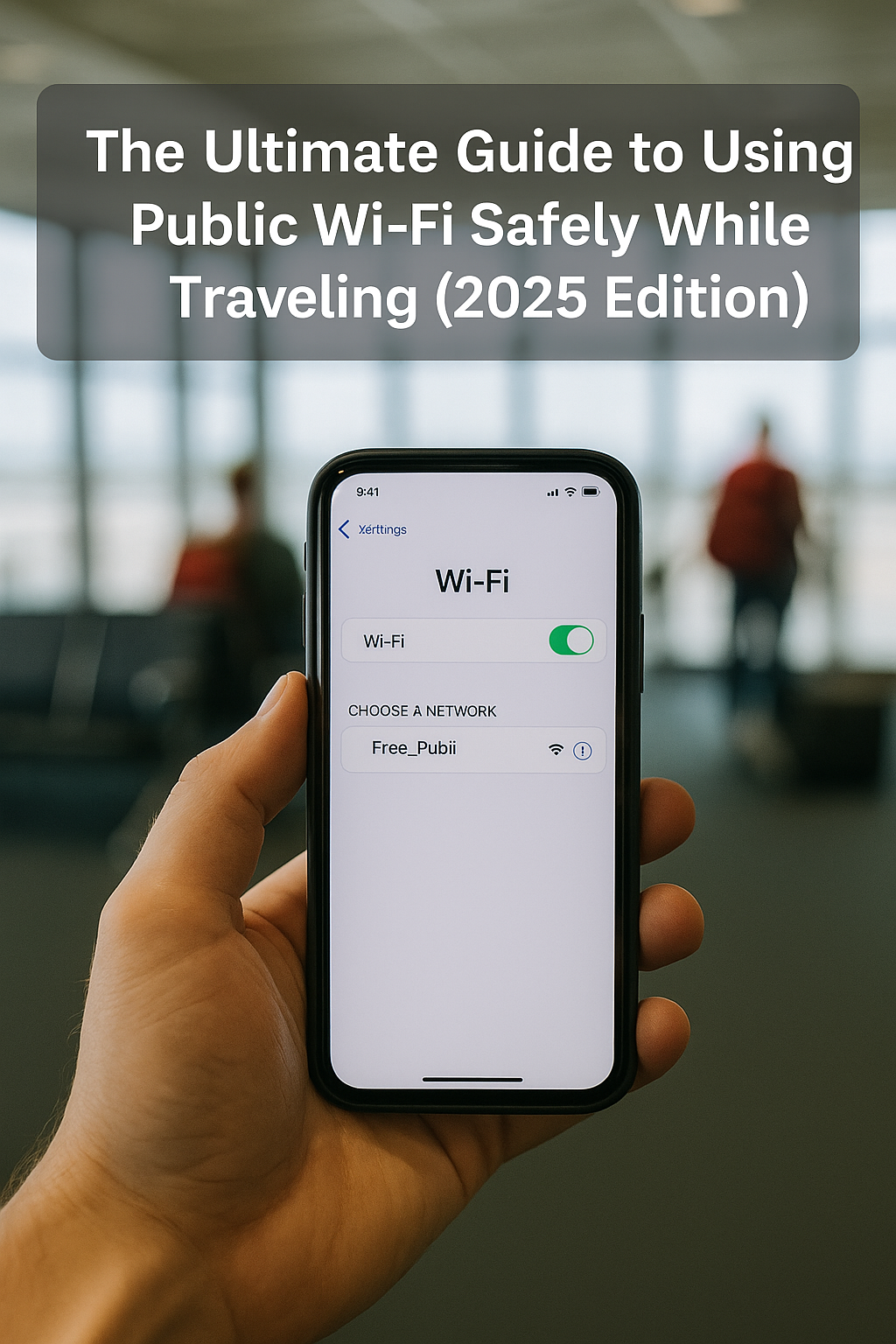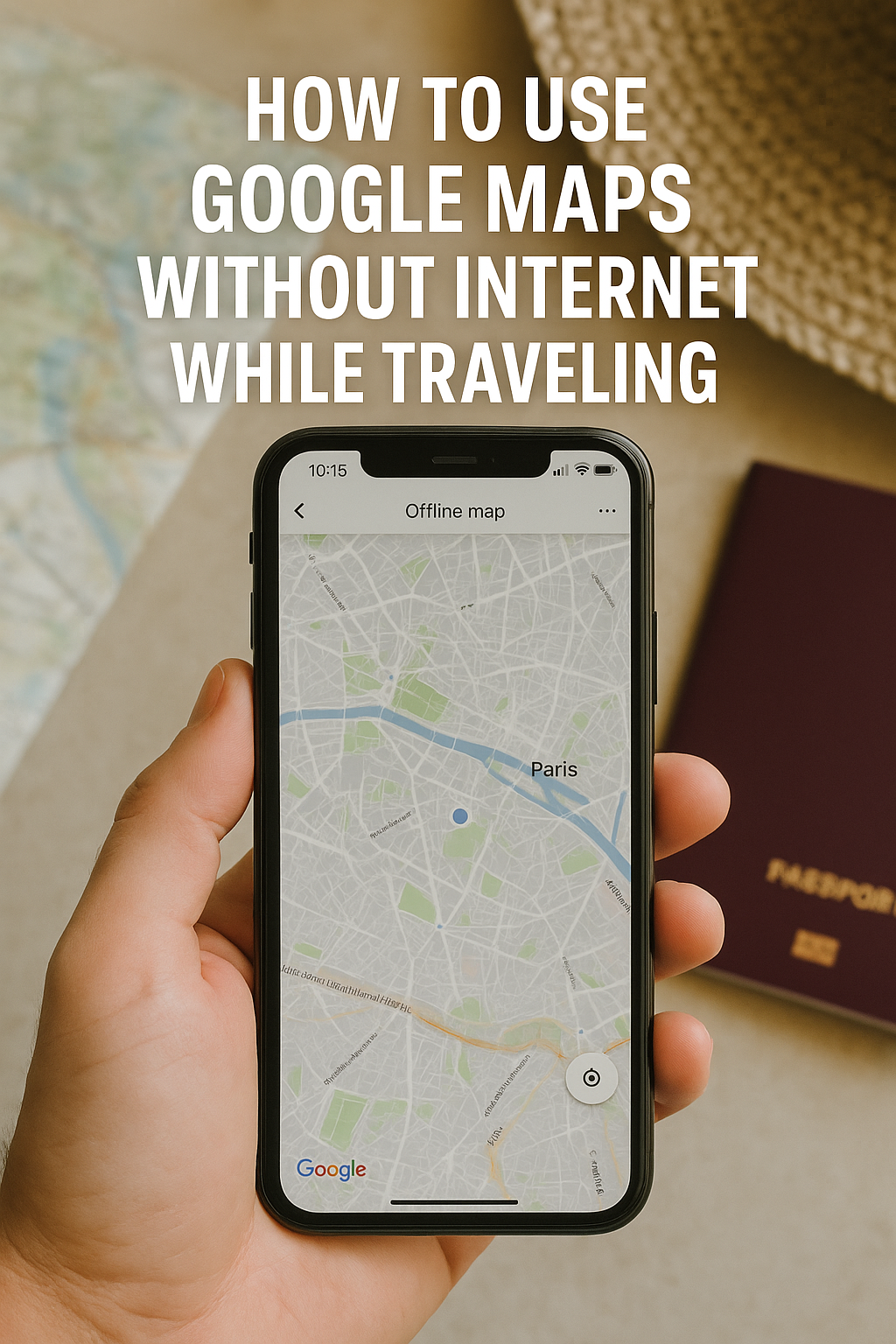Introduction: Say Goodbye to Physical SIM Cards
In 2025, physical SIM cards are rapidly becoming obsolete. Whether you’re traveling for business, study, or leisure, eSIM technology offers a faster, more flexible way to stay connected globally—without switching SIM cards or waiting in line at airport kiosks.
This guide breaks down the top eSIM plans for international travelers in 2025, based on data speed, coverage, price, and compatibility. Whether you’re heading to Europe, Asia, or South America, there’s a smart eSIM option ready for your phone.
What Is an eSIM?
An eSIM (embedded SIM) is a digital version of a SIM card that’s built into your smartphone or tablet. You can install a mobile plan without inserting a physical card.
Key benefits:
- Activate mobile plans remotely
- Switch between carriers without changing hardware
- Use dual SIM mode (e.g., local + home number)
- Save space and avoid losing SIM cards
Most modern phones—iPhones (XS and newer), Google Pixel, Samsung Galaxy S20+—support eSIM.
Why Use eSIM While Traveling?
- No need to buy local SIMs in each country
- Activate mobile data instantly, even before landing
- Avoid roaming charges from home carriers
- Better rates than traditional international plans
- Easy plan management via apps
Best Global eSIM Providers in 2025
1. Airalo
- Coverage: 200+ countries
- Plans: Regional (Asia, Europe, Global) & country-specific
- App: User-friendly with instant activation
- Price: From $4.50 (1GB for 7 days)
Best for: Budget travelers who want reliable data in multiple regions.
2. Nomad eSIM
- Coverage: 120+ countries
- Perks: eSIM with both data and voice in select countries
- Bonus: Earn credits with referrals and top-ups
- Price: From $6 (1GB for 7 days)
Best for: Flexible travelers who want both call & data access.
3. Holafly
- Coverage: 160+ countries
- Unique Feature: Unlimited data plans
- Price: $19–$99 depending on country & duration
- Language: 24/7 support in English and Spanish
Best for: Heavy data users (e.g., YouTubers, remote workers)
4. Ubigi
- Coverage: 190+ countries
- Strength: Fast 5G in major cities
- Compatibility: Works with laptops/tablets too
- Price: From $8 (1GB for 30 days)
Best for: Business travelers and digital nomads.
5. GigSky
- Coverage: Global + Apple SIM compatible
- Integration: Works natively with iOS
- App: Simple and Apple ecosystem-friendly
- Price: From $9.99 (1GB for 15 days)
Best for: Apple users who want seamless integration.
eSIM Regional Plan Comparisons (2025)
| Region | Best Provider | Avg Price (5GB) | Notes |
|---|---|---|---|
| Europe | Airalo | $13–$15 | 39 countries covered in 1 plan |
| Asia | Nomad | $14–$17 | Fast setup in Japan, Korea, Thailand |
| North America | Holafly | $27+ | Unlimited plans available |
| Latin America | Airalo | $20–$23 | Covers Brazil, Mexico, Argentina |
| Global | Ubigi | $25–$30 | Stable 4G/5G in 190+ countries |
How to Activate an eSIM (Step-by-Step)
Step 1: Check if your phone is eSIM-compatible
Settings → Mobile/Cellular → Add eSIM (Check support)
Step 2: Choose your provider and plan
Visit app or website → Select destination → Choose data size and duration
Step 3: Scan the QR code or use app to install
Instant activation in most cases
Step 4: Set as primary or secondary data line
Adjust settings depending on how you want to use mobile data
Pros and Cons of Using eSIMs
Pros:
- Instant setup, no waiting
- Multiple profiles for multiple countries
- Cost-effective for short-term stays
- Environmentally friendly (no plastic cards)
Cons:
- Not all devices support eSIM
- Limited voice call support in some plans
- May require Wi-Fi for initial setup
- Switching back to a physical SIM requires care
Security & Privacy Tips
- Use a VPN when accessing public Wi-Fi or mobile networks
- Install eSIMs only from trusted providers
- Avoid installing from random QR codes or third-party links
- Secure your device with passcodes and 2FA
Best Use Cases by Traveler Type
| Traveler Type | Best eSIM Match | Why |
|---|---|---|
| Business Traveler | Ubigi | Laptop support, fast 5G |
| Backpacker | Airalo | Affordable multi-country plans |
| Digital Nomad | Holafly | Unlimited data for content work |
| Study Abroad Student | Nomad | Data + voice hybrid flexibility |
| Luxury Traveler | GigSky | iOS integration, premium service |
Final Thoughts
eSIMs are revolutionizing the way travelers stay connected abroad. In 2025, with global travel on the rise and SIM-free devices becoming standard, choosing the right eSIM plan can mean the difference between smooth communication and costly data surprises.
Whether you’re streaming in Seoul, Zooming from Zagreb, or navigating in Nairobi, a reliable eSIM plan keeps you connected without stress. Skip the kiosks. Go digital. And travel smarter.








